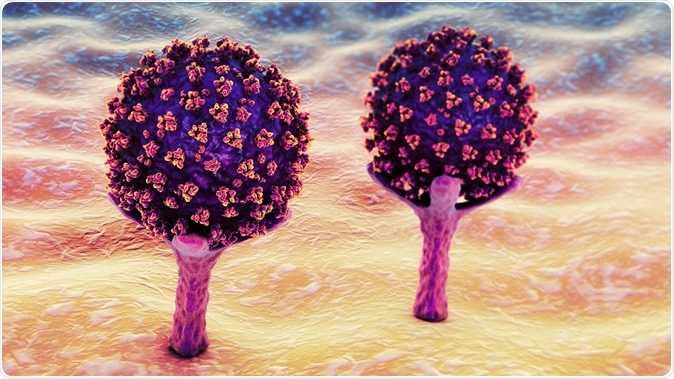India has joined the list of countries sequencing the SARS-CoV-2 genome from clinical isolates. Three states have led the efforts - Kerala, Gujarat, and West Bengal. The sequences are uploaded to the GISAID (global initiative on sharing avian flu data) databank.
Determining the genetic sequence, structure, and function of the viral proteins is vital in designing antiviral therapeutic agents and vaccines.
Mutations in the virus
Changes occur in the genome in response to challenges in the environment, the host, and geographical location. The resulting changes in the viral proteins allow the virus to exploit the cellular machinery of the host for its own replication and transmission.
Eventually, the host immune system detects and produces protective responses against the virus. This may lead to further changes occurring in the structural proteins, which in turn helps it to mask itself to the immune system again.
Such mutations are frequent in the coronavirus. This is reflected in the viral proteins, both structural and non-structural.
The S protein
Among the structural viral proteins, the spike protein has been extensively analyzed. This protein is present on the viral envelope in homotrimer form.
Each monomer consists of S1 and S2 subunits. The S1 subunit contains the receptor-binding domain that attaches the virus to the ACE2 receptor molecule on the host cell membrane. The S2 subunit is activated by the S1-ACE2 binding and helps to fuse the virus to the host cell, resulting in viral entry.

SARS-CoV-2 viruses are binding to ACE-2 receptors on a human cell, the initial stage of COVID-19 infection. Conceptual 3D illustration credit: Kateryna Kon / Shutterstock
The spike protein has thus been the focus of vaccine and antiviral drug development. Its mutational profile thus becomes important, as it is necessary to identify the conserved region of the spike protein to create a broadly effective drug or vaccine.
The work done in the current study
The current study analyses the spike protein sequences from the five isolates from the state of West Bengal. All five isolates were shown to be identical. All five showed two mutations in the spike protein.
Mutation in S2
The study found one unique mutation at position 1124 (G→V) in the S2 domain of the spike protein in the five West Bengal isolates. The change from the amino acid glycine to the bulkier valine, which is a branched amino acid, can potentially interfere with the folding of the protein at that point. For instance, in a P-glycoprotein with a G→V mutation, altered drug specificity has been observed.
This mutation was observed to change the secondary structure of the spike protein at the point where the mutation occurred. The mutant spike protein lost its turn structure at the mutation locus, while four additional helices occurred at the positions 1123, 1124, 1125, and 1126.
As a result of this secondary structure alteration, the function of the spike protein's S2 subunit may change as well. This may lead to an alteration in the way the spike interacts with the receptor, changing the infectivity.
The changes in the secondary structure were mirrored by tertiary structure changes as well. These include greater stability. Molecular dynamics analysis showed changes in the atomic fluctuations and deformation energies. In other words, the mutation could reduce the flexibility of the S2 domain, reducing the ability of the virus to infect the cell.
Shared Mutation
The study also found one mutation at position 614 (D→) in the S1 domain, downstream of the receptor-binding domain. This mutation was common to the West Bengal and Gujarat isolates.
"Since both S1 and S2 are important in receptor binding followed by entry in the host cells, such mutations may define the affinity or avidity of receptor binding," say the researchers.
The Importance of the Study
The current study is the first report of this type of mutation in the SARS-CoV-2 in the viral isolates from West Bengal, according to the researchers. Further sequencing will be necessary to understand the way spike protein variations are distributed throughout the world.
The frequent mutations make it necessary to maintain a profile of genomes from all over the world, the researchers say. These changes could allow the virus to diversify into a greater range of hosts, infect more types of tissues, and adapt more effectively to the host environment.
As a result, more virulent or better-adapted virus strains, serotypes or mutants may eventually arise, with the ability to escape immune surveillance. Detailed sequencing and mutation studies are most necessary to detect these changes and produce more effective antiviral drugs.
Important Notice
bioRxiv publishes preliminary scientific reports that are not peer-reviewed and, therefore, not be regarded as conclusive, guide clinical practice/health-related behavior, or treated as established information.